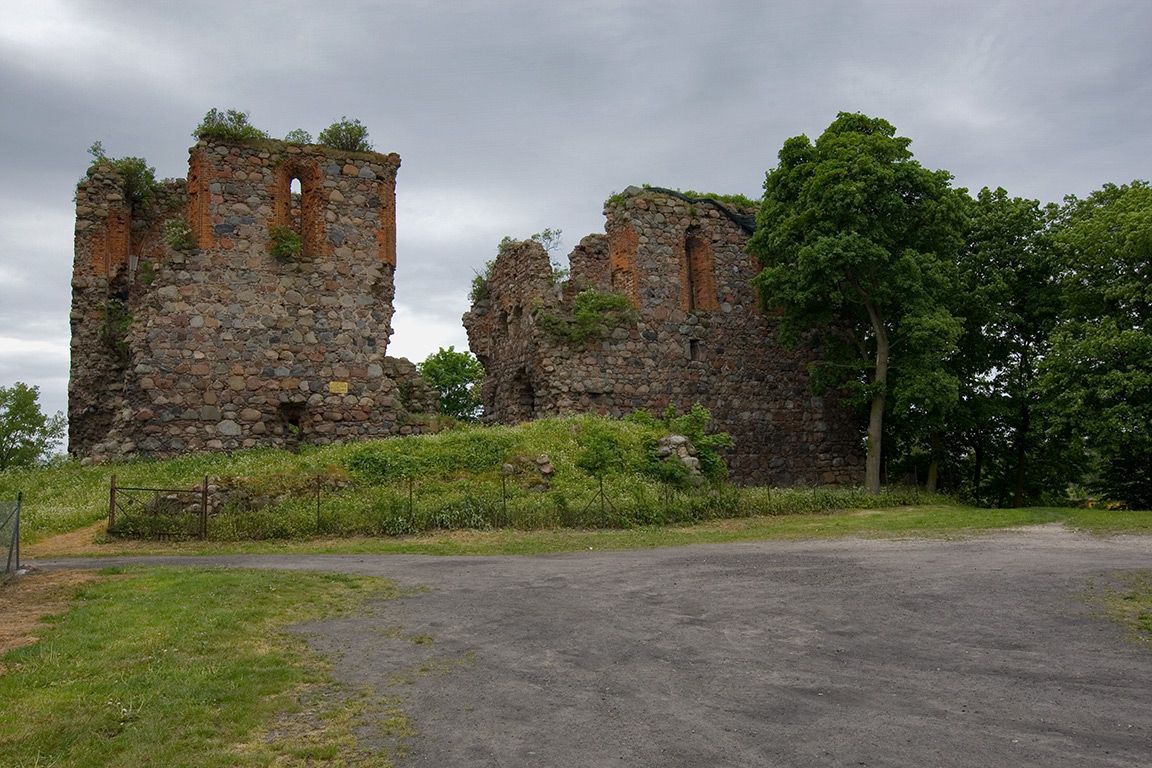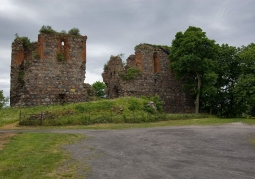Ruins of the Teutonic Castle - Papowo Biskupie
No weather data
0.0 /5
Number of ratings: 0
Address: DK 91 , Papowo Biskupie
The construction of a small conventual castle began with the construction of the perimeter wall, then the northern (main) wing was built, followed by the remaining wings. Subsequently, a foregate and an irregular outer bailey were built. Further works were carried out at the castle at the beginning of the 15th century. The castle did not have a main tower and it was a typical castle with small corner towers and a courtyard surrounded by a wooden porch. It was unusual in the castle in Papów that it was built mostly of field stones, not of brick, like castles built later. Until 1410 it was the seat of a small commandry. After the Battle of Grunwald in the summer of 1410, the castle was briefly occupied by Polish knights. After the withdrawal of Polish troops, it was the seat of the Teutonic head. In 1411, the Polish knight Janusz Brzozogłów invaded Papowo, which caused destruction in the outer bailey. During the Thirteen Years' War in 1454, the Grand Marshal, Gdańsk commander and Grudziadz commander took refuge in the castle. On February 7, 1454, the castle was captured by the Prussian Union forces fighting on the Polish side and the Czech mercenary knights under the command of the Prussian knight Otto Machwic. The castle was manned by crew led by Janek from the Targowisko. Soon King Kazimierz Jagiellończyk ordered to destroy the castle, but in 1458, the castle was manned by Teutonic mercenary troops under the command of Bernard Szumborski, headed by 55 soldiers. In July of the same year, Poles led by the knight Piotr of Szamotuły approached the castle, and the Teutonic Knights surrendered. Then the Polish army burnt down the castle following the king's order. In 1466, the castle was incorporated into the Kingdom of Poland and entered the Kingdom. Gabriel Bażyński became his first staroste. In 1505, King Alexander Jagiellon gave the building to the Chełm bishops, who in the 16th century partly demolished it before 1639 for building material for the construction of the theological seminary in Chełmno, but due to the fact that the castle was built of field stones, it survived to a large extent. demolition. In the hands of bishops, the ruins of the castle remained until the First Partition of Poland in 1772. In the nineteenth century, local residents made further damage. The castle was built of erratic boulders and granite.
Komentarze
No results
Nearby places
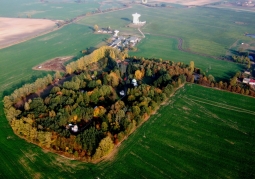
UMK Astronomical Observatory - Toruń
Category: Science and entertainment parksThe Astronomy Center of the Nicolaus Copernicus University is the largest observational astronomy center in Poland. Includes the Chair of Astronomy and Astrophysics and the Chair of Radioastronomy. The Department of...
18 km
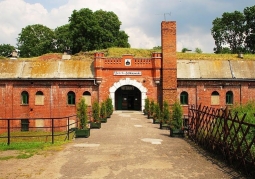
Fort IV Yorck Żółkiewski - Toruń
Category: Defensive Fortifications and CastlesBuilt in 1878-1884 as the third fort of the Toruń fortress ring, according to the latest artillery art rules, thanks to which it is preserved in very good condition. One of the biggest tourist attractions of Toruń....
24 km
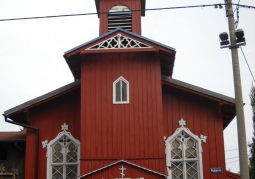
Orthodox church St. Nicholas - Toruń
Category: ChurchesOrthodox parish church belonging to the Bydgoszcz deanery of the Lodz diocese of Poznań Polish Autocephalous Orthodox Church. Entered in the register of monuments on September 25, 1996. It is located at Podgórna...
26 km
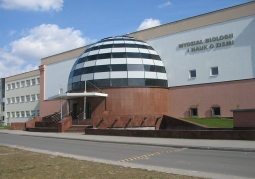
Natural History Museum of the Nicolaus Copernicus University - Toruń
Category: MuseumsThe museum was founded on November 14, 1973. It is located in the Institute of Biology and Environmental Protection of the Nicolaus Copernicus University and is the only natural museum in Toruń. All exhibits that can...
26 km
Nearby places

UMK Astronomical Observatory - Toruń
Category: Science and entertainment parksThe Astronomy Center of the Nicolaus Copernicus University is the largest observational astronomy center in Poland. Includes the Chair of Astronomy and Astrophysics and the Chair of Radioastronomy. The Department of...
18 km

Fort IV Yorck Żółkiewski - Toruń
Category: Defensive Fortifications and CastlesBuilt in 1878-1884 as the third fort of the Toruń fortress ring, according to the latest artillery art rules, thanks to which it is preserved in very good condition. One of the biggest tourist attractions of Toruń....
24 km

Orthodox church St. Nicholas - Toruń
Category: ChurchesOrthodox parish church belonging to the Bydgoszcz deanery of the Lodz diocese of Poznań Polish Autocephalous Orthodox Church. Entered in the register of monuments on September 25, 1996. It is located at Podgórna...
26 km

Natural History Museum of the Nicolaus Copernicus University - Toruń
Category: MuseumsThe museum was founded on November 14, 1973. It is located in the Institute of Biology and Environmental Protection of the Nicolaus Copernicus University and is the only natural museum in Toruń. All exhibits that can...
26 km
